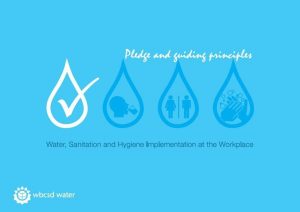Primary Functions
- Learn how Volkswagen took steps to help replenish groundwater in the Puebla Tlaxcala valley.
Detailed Description
Volkswagen de México operates a production plant in the Puebla Tlaxcala Valley, a region of Mexico where water supply is not sufficient for both the growing city of Puebla and the industrial area nearby. In this context, securing a reliable water supply was critical to ensure the stability of production for the company, and the availability of water for local communities.
The Puebla Tlaxcala valley where the company operates is a region where water supply is particularly critical. Analysis found that groundwater replenishment in the valley was highly contingent upon the functionality of the ecosystems on the volcanic slopes. Years of deforestation had led to increased water runoff, and loss of capture and storage in the groundwater table. To restore the functionality of the ecosystems, it was important to re-plant the deforested slopes between the two volcanoes.
The additional water supply would support the company’s long-term operations in the region and help prevent water rationing, rising water prices, and unrest in the local population.
The company partnered with the Comisión Nacional de Áreas Naturales Protegidas to develop this project. Stakeholders included local communities who had a strong interest in ensuring water availability for domestic use.
The project aimed to restore the functionality of the ecosystems on the volcanic slopes of Popocatépetl and Iztaccíhuatl and the team proposed a system of natural infrastructure alternatives—trees, pits, and earthen banks—to enhance rainwater capture. To facilitate this, approximately 300,000 Hartweg’s Pines, a tree native to Mexico (Photo 1) were planted in 2008. Additionally, pits (Photo 2) and earthen dams (Photo 3) were constructed to ensure a source of water was retained while the trees were establishing.
Lessons learned
When involving local people in the planting and maintenance work, it is important to rely on their experience, and allow them to take ownership of their part in the project.





